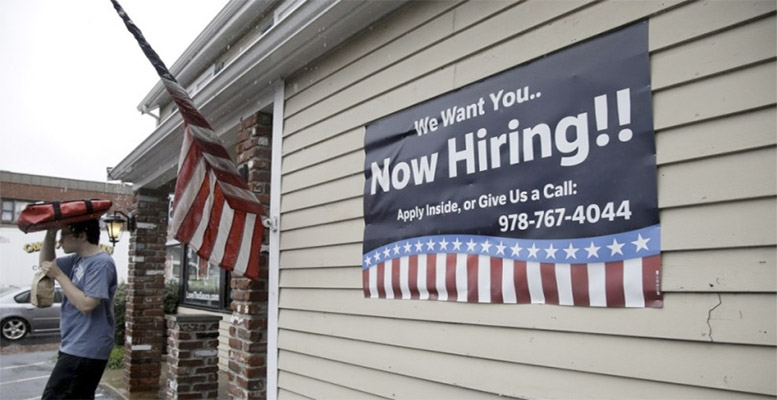Janwillem Acket (Chief Economist, Julius Baer) | After an unexpected rebound in May, the June surge of new US non-farm payrolls and other labour market data may surprise positively in absolute terms, but a record monthly surge of new jobs since the survey started in 1939 was expected by the market. For the moment, this is good news. Previously shutdown services stepped up their rehiring, next to goods producers and the public sector, so labour market participation rose and unemployment retreated. However, initial jobless claims hardly receded, so, overall, given a surge of new Covid-19 cases in some US states and subsequent lockdowns, no strong relaxation of the US unemployment situation can be expected in the near future. In a first reaction, unsurprisingly, US stock indices opened higher, with the Nasdaq posting a new record. However, the US dollar slightly weakened against major currencies and US Treasury prices hardly budged.
Even though the June figure of overall non-farm job creation in the US (to which all the major segments of the economy contributed) is a historical high since the records started in 1939, there are bitter aftertastes. In fact, continued jobless claims until 20 June, i.e. during the period of data collection for the non-farm jobs, actually rose to 19.29 million, from 19.231 million a week earlier, and the four-week average until 27 June was still at 1.504 million, only slightly down from 1.621 in the previous week. With a renewed surge of new Covid-19 cases, some US states have been undoing or pausing lockdown loosening again since late June and sent some of the newly hired personnel home. The impact of these decisions does not yet show in the employment data, as the government surveyed businesses in the middle of the month. In addition, the ending of the government’s Paycheck Protection Program, which provides businesses with loans that can be partially forgiven if used for wages, is triggering a new wave of layoffs that could keep weekly new applications for unemployment benefits extraordinarily high. As the real impact of demand loss due to the recession on corporate balance sheets is unfolding, we expect corporate restructuring and bankruptcies to keep unemployment levels high until the US economy recovers from its negative output gap later next year. This is bad news for Donald Trump’s re-election chances. The high pressure for more stimuli from the Fed and the government for the US economy remains unabated





